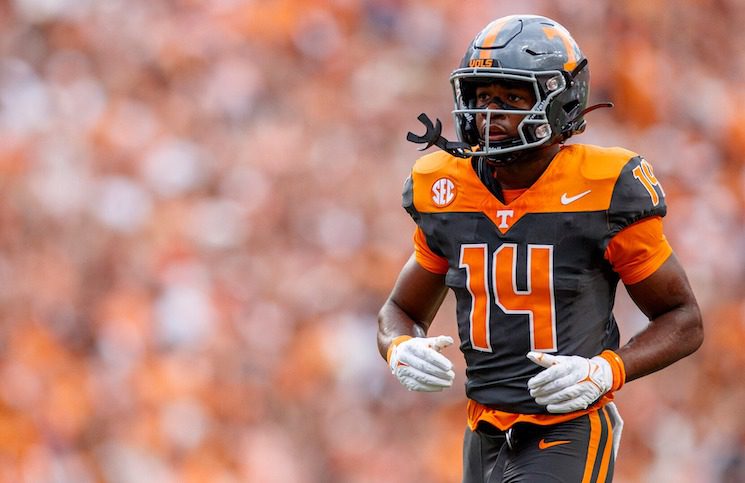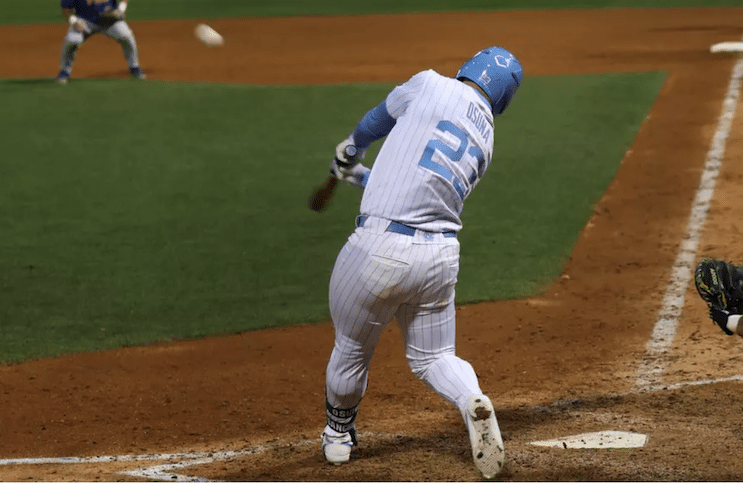
The four-team playoff beginning this year is a huge step in the right direction. Smaller changes such as allowing unlimited food to student-athletes and allowing coaches to actually spend time with their players over the summer are also changes for the better.
Perhaps sweeping changes are coming for the revenue sports as well if the recent O’Bannon ruling is upheld after a certain appeal from the NCAA.
In light of last night’s open practice that drew 40,000 fans for Tennessee, I’d like to suggest one more change: it’s time to play at least one preseason college football game.
Hypothetically speaking, let’s settle on playing just one for now. It would be played approximately two weeks after the start of camp, leaving about two more weeks before the season opener. I’m thinking teams would want to play a local FCS-type team, but that would be up to the discretion of each program.
It would be the perfect evaluation tool. Coaches are close to settling on a depth chart, and position battles are beginning to wrap up at that point in the preseason schedule. Why not give teams a chance to strap it up against another to help make some of those personnel decisions?
San Diego State head coach Rocky Long is all for it.
“I wish we had an exhibition season like the NFL does,” Long told the Mountain West Connection last week. “I’d like to play a game or two against somebody else and then you’ve got a better feel for your team.”
Helping coaches get that better feel for their roster is just one of many benefits that could come from it. A few more:
1. Potential for extra revenue: Tennessee’s open practice was free for the fans, but it’s entirely feasible that major programs could make some money off of a preseason game. Several SEC programs have packed 30,000+ into spring games, sometimes even with fans paying. Even an affordable, say $10-20 general admission, preseason ticket would sell. Add in some parking, concessions, merchandise, etc and it could be a nice payday for many schools. Smaller schools would also collect fees for serving as the glorified practice dummies. Even if schools opted not to charge admission or couldn’t sell enough to turn a profit, still consider it a fantastic marketing opportunity for the program. Advertise ticket packages, get people excited about the game or even throw in a free ticket to the preseason game in other ticket packages to sweeten the deal. There are a ton of possibilities to help programs financially.
2. Limits need for warm-up games: We’re only guaranteed 12 games a year for every program and often at least one is, understandably, wasted on a gimme opener. A preseason game might not eliminate those, but coaches should clearly feel better about opening against a competent opponent if they’ve already been able to go live against somebody else.
3. More football: Twelve games a season just isn’t enough – ask pretty much any fan. Bowl-bound teams get 13. Other than the two teams that make it to the finals of the College Football Playoffs, every other team in a conference with a championship game has a maximum of 14. The vast majority will only play 12-13, though. I’m not suggesting college football is ready to go the way of the NFL, where a team can easily play 20+ total games with an extended preseason, regular season and playoffs. But adding another opportunity for fans to see their team play another would be a great step.
Of course, there will be arguments against it. Threat of injury is always there. But that’s just life in football. Tennessee defensive tackle Trevarris Saulsberry went down in the Vols’ open practice, and any time there’s contact, there’s a risk of injury. I’m sure most coaches would opt to play their starters only a portion of the preseason game.
The chance of a player being seriously injured in a few quarters of a preseason game against an inferior opponent is likely similar to the odds of injury in a standard practice or intrasquad scrimmage. If a coach is too hung up on this, he can play starters just a couple possessions.
Finally, there should be little concern about giving away schematic hints. Teams can make it as vanilla as a spring game and with several programs already holding open practices, the threat of schematic footage getting out is already there. If every team plays one, that risk is the same for every program.
Again, coaches can make what they want of the opportunity – they can play it close to the vest and use starters sparingly if they want to be conservative or use it as a true dress rehearsal if they want more of an opportunity for the team to grow.
It isn’t that radical of an idea. Virtually every other level of football and most other team sports do it. It’s time for college football to take a hard look at it as well.




